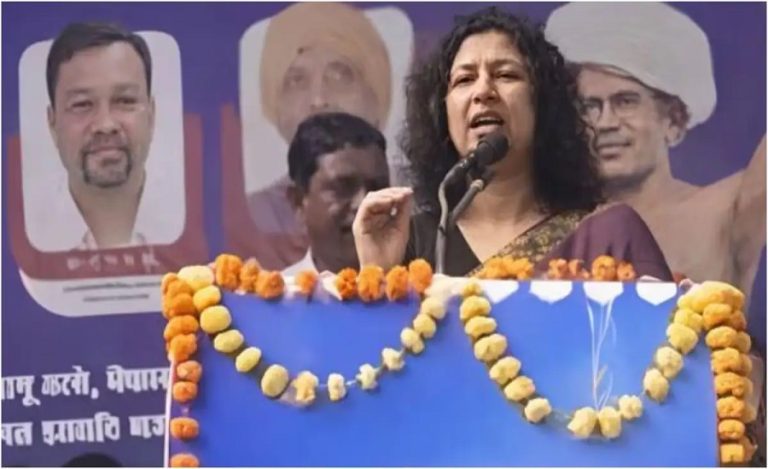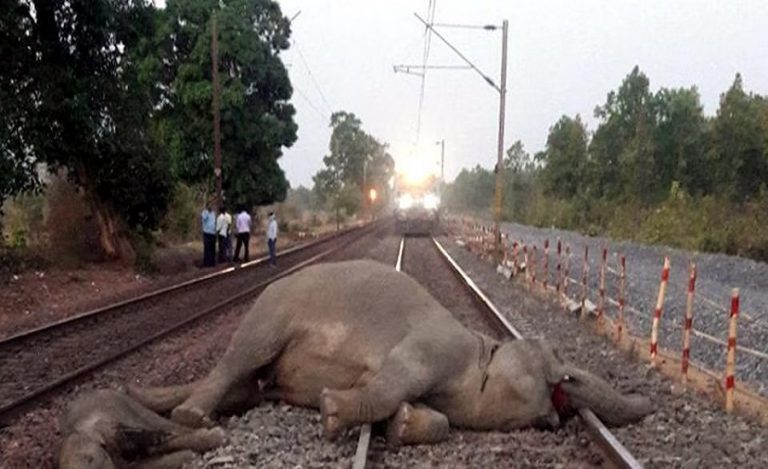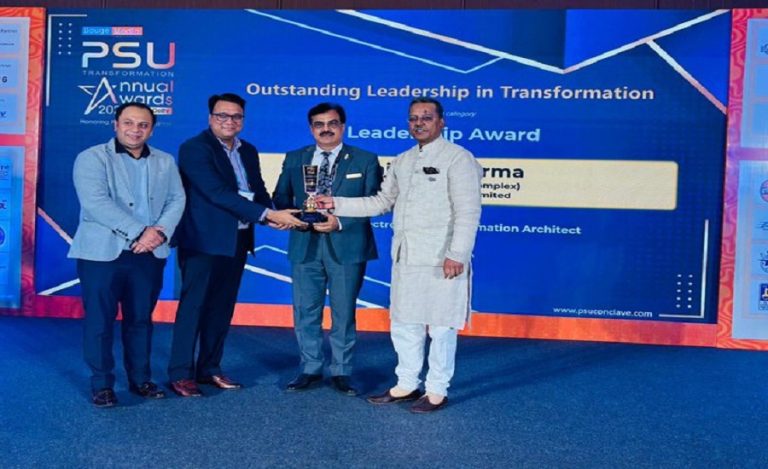In the dense, biodiverse forests of Katghora Division, Chhattisgarh, home to over 2 lakh hectares of rich greenery and a significant elephant population, a silent revolution is underway – led by 2016-batch Indian Forest Service officer (IFS) of Chhattisgarh cadre, Mr Kumar Nishant, currently serving as the Divisional Forest Officer (DFO), Katghora.
Faced with rising human-elephant conflicts, threats to wildlife, and the livelihood challenges of forest-dwelling communities, Mr Nishant has introduced a transformative model of community-based conservation and technological innovation – one that now serves as a blueprint for the rest of the country.
Indian Masterminds interacted with him to learn more about his initiatives and their impact. “Our division is one of the most biodiverse in India, but the large population of elephants often brings conflict. We’ve focused on community-led solutions that protect both humans and wildlife,” says DFO Nishant, while responding to a rescue operation in real-time.

His work can be categorised into three powerful segments:
- Tech-Powered Vigilance & Elephant Safety
- Community as Custodians – Education, Inclusion & Ownership
- Forest-Based Economy & Holistic Development
1 – Tech-Powered Vigilance & Elephant Safety
Building a Smart, Safe Forest
Katghora is home to nearly 50 wild elephants, whose seasonal movements have long posed risks to nearby villages. To ensure early warnings and real-time tracking, Mr Nishant spearheaded a range of tech-driven innovations.
Key among them was the SAJAG Alert System, a mobile-operated platform that issues IVRS calls and SMS alerts in real time when elephants are nearby. Over 2 lakh alerts have been sent since 2023, helping villagers act swiftly.
“Just yesterday, I was coordinating with a village over the phone – elephants had entered their locality. These alerts have become our lifeline,” he shares.

Innovations That Made a Difference:
KALA JATTHA: A cultural outreach campaign using folk media to spread awareness in local dialects.
Thermal Drones & CCTV Surveillance: Used to monitor elephant movements in real-time, especially during night hours.
AI-Based Elephant Tracking App: Sends real-time SMS and IVRS alerts to villagers about elephant movements.
Mobile-Operated ‘SAJAG’ Alert System: Empowers on-ground teams and villagers alike.
Smart Sticks for Staff: Equipped with GPS, alarm, lights, solar charging, and USB ports, boosting patrolling safety and efficiency.
Elephant Monitoring Station: A centralized unit that displays live elephant movements, acting as the nerve center of all operations.
“With these systems in place, we’ve had zero elephant casualties in the last 24 months, and incidents of crop damage have drastically reduced,” IFS Nishant proudly notes.
These efforts have also significantly brought down human deaths and injuries, while building confidence among communities living deep within the forest areas.
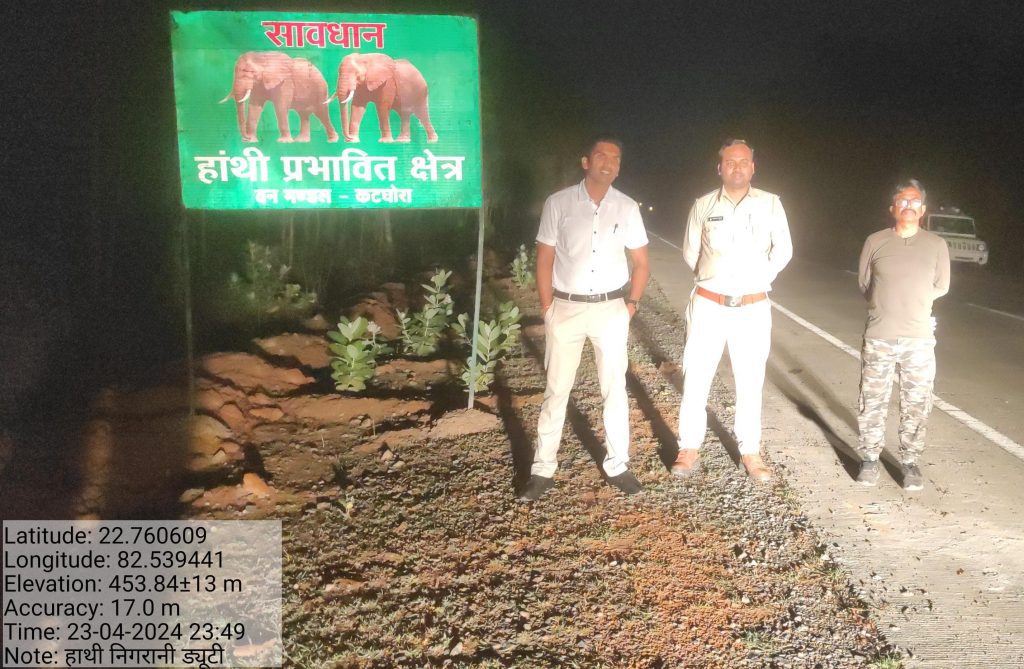
2 – Community as Custodians – Education, Inclusion & Ownership
From Victims to Vigilantes: ‘Hathi Mitras’
Mr Nishant’s most groundbreaking initiative was turning community members into wildlife allies. Through the ‘Hathi Mitra Dal’ (Elephant Friends Group), local youth were trained to monitor elephant movement, alert villagers, and coordinate with forest personnel.
“It was crucial to build grassroots ownership. These are their forests too, and when they protect it, the results are profound,” says Mr Nishant.
Community-Centric Interventions:
Hathi Mitra Dal (Elephant Friends): Local youth are trained as first responders to elephant movement. They serve as eyes and ears of the forest department.
Kala Jattha Awareness Drives: Folk performances bypass literacy barriers, using culture to promote peaceful coexistence.
School-Based Sensitization: Educating children ensures long-term awareness and shapes a conservation-first generation.
“We made local elders and children our allies. When conflict arises, the community responds first – before the forest department even arrives,” he explains.
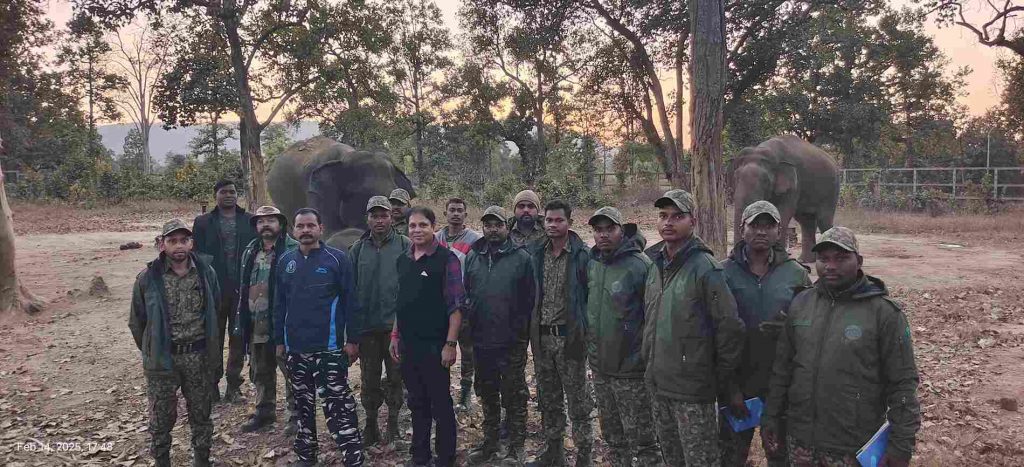
24×7 Control & Rescue Support
- Patrolling & Rescue Camps
- Sign Boards, Wall Art & Media Campaigns
- Elephant Control Centre & Toll-Free Number – operational round-the-clock
- Collaboration with Electricity Department – to prevent electrocution, a major cause of elephant deaths
“Most elephant deaths were due to sagging power lines. Now, with WhatsApp groups, GPS-based reporting, and community alerts, we act before tragedy strikes,” he added.

3 – Forest-Based Economy & Holistic Development
Empowering Through Minor Forest Produce
Reviving local economy became central to long-term success. Mr. Nishant rejuvenated a Laghu Vanopaj (Minor Forest Produce) Processing Unit, collecting medicinal herbs like Amla, Bahera, Harra, Kalmegh, and more.
Major Livelihood Programs:
Alternate Farming Models:
- Promoted Kodo millet (less preferred by elephants) over paddy to reduce crop raids.
- Government-supported MSP ensured income security.
- Mushroom Farming, Tailoring, Poultry, and Beekeeping: Training and setup support provided.
- Lac Palan, Dona-Pattal Making: Traditional forest-based industries revived and scaled.
- Soap & Shampoo Making Units: Particularly involving women’s self-help groups, creating large-scale supply chains.
“People here used to rely only on paddy, but now many have started growing Kodo, which elephants avoid. We’re seeing a real shift,” IFS Nishant shares.
Forest Produce & National Supply Chains:
- Revived a Minor Forest Produce (Laghu Vanopaj) Processing Centre.
- Supplied Rs. 4 crore worth of goods to the Ayush Department last year.
- Products received FSSAI organic certification, unlocking wider markets.
- Another Rs. 60 lakh order followed this success.
“We’ve become number one in Chhattisgarh for MSP-based forest produce collection. Our herbs are in demand across the country now,” he adds with pride.
Eco-Tourism as a Revenue Channel:
- Developed two major tourist sites.
- Tied up with Indian Institute of Tourism Management for local training.
- Introduced online booking, boating services, and guided eco-trails – run entirely by locals.

Women Empowerment & Local Innovation
Women were trained under CSR programs to manufacture eco-products like Dona-Pattal (leaf plates) used in temples and institutions across the region.
- Local units now cannot meet the rising demand, signaling a livelihood success story
“When women lead, communities thrive. We just gave them the tools and a little training,” he smiles.
Key Features of the Katghora Model
- 24×7 Elephant Control Center & Toll-Free Helpline
- ODK App Training – Hundreds of villagers use this for real-time conflict reporting
- Coordination with Police & Power Dept. – Preventing elephant electrocution via joint WhatsApp groups, GPS tagging of low-hanging wires, and prompt disconnection in risky areas
- Rescue Camps, Patrol Points & Awareness Signage at vulnerable locations

A Replicable Model for the Nation
In just a few years, IFS Officer Kumar Nishant has transformed Katghora into a model division – where elephants roam free, villagers feel safe, and development thrives alongside nature.
His blend of technology, tradition, and teamwork proves that conservation isn’t a fight against people – it’s a journey with them.
“Conservation begins with trust. If the people don’t feel heard or helped, they won’t help us save the forest. But here, we’ve built that trust,” says Nishant.
The Katghora model under Officer Nishant’s leadership is not just a local success story – it is an inspiration for the entire nation in how science, sensitivity, and systems can come together to preserve life – in all its forms.









